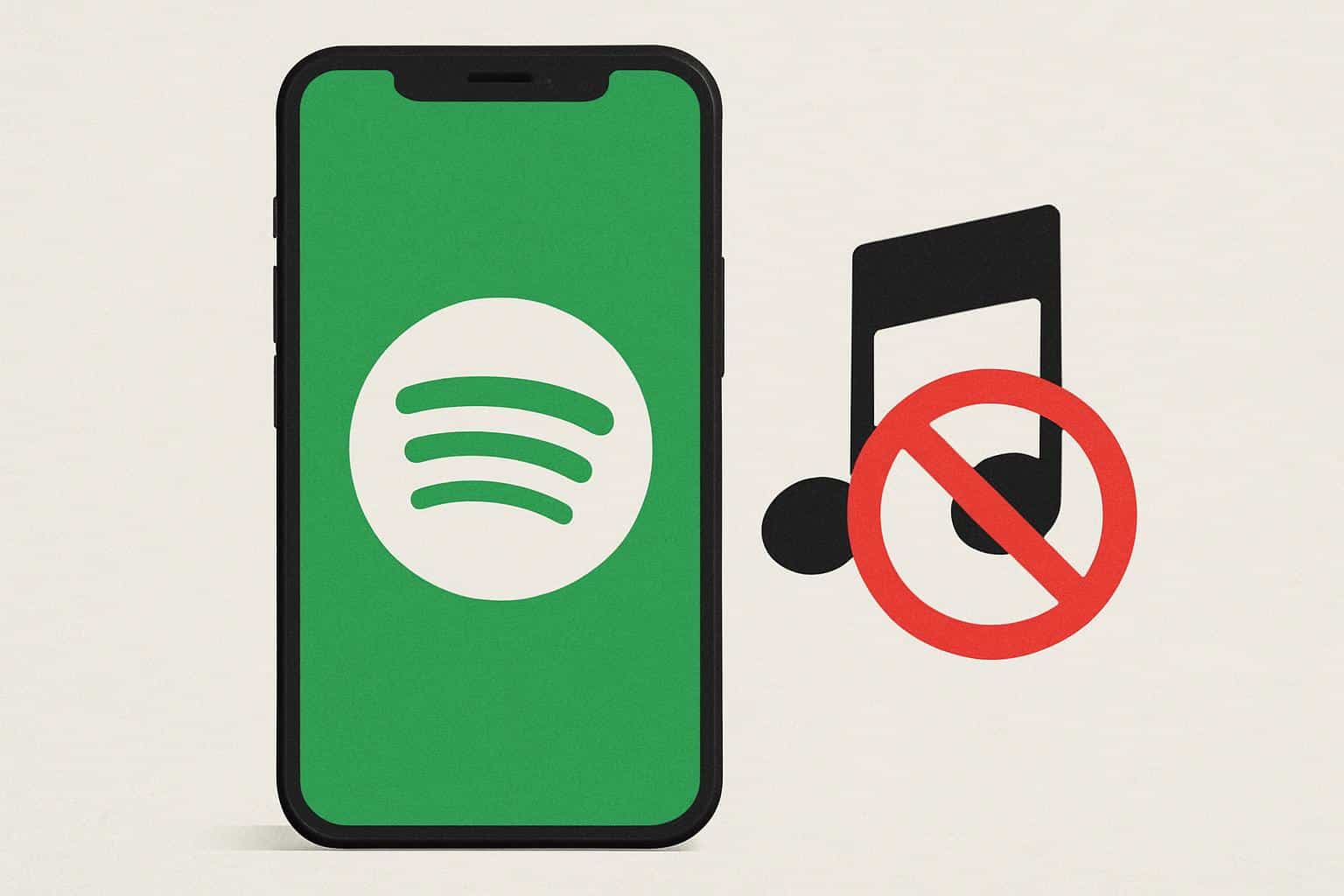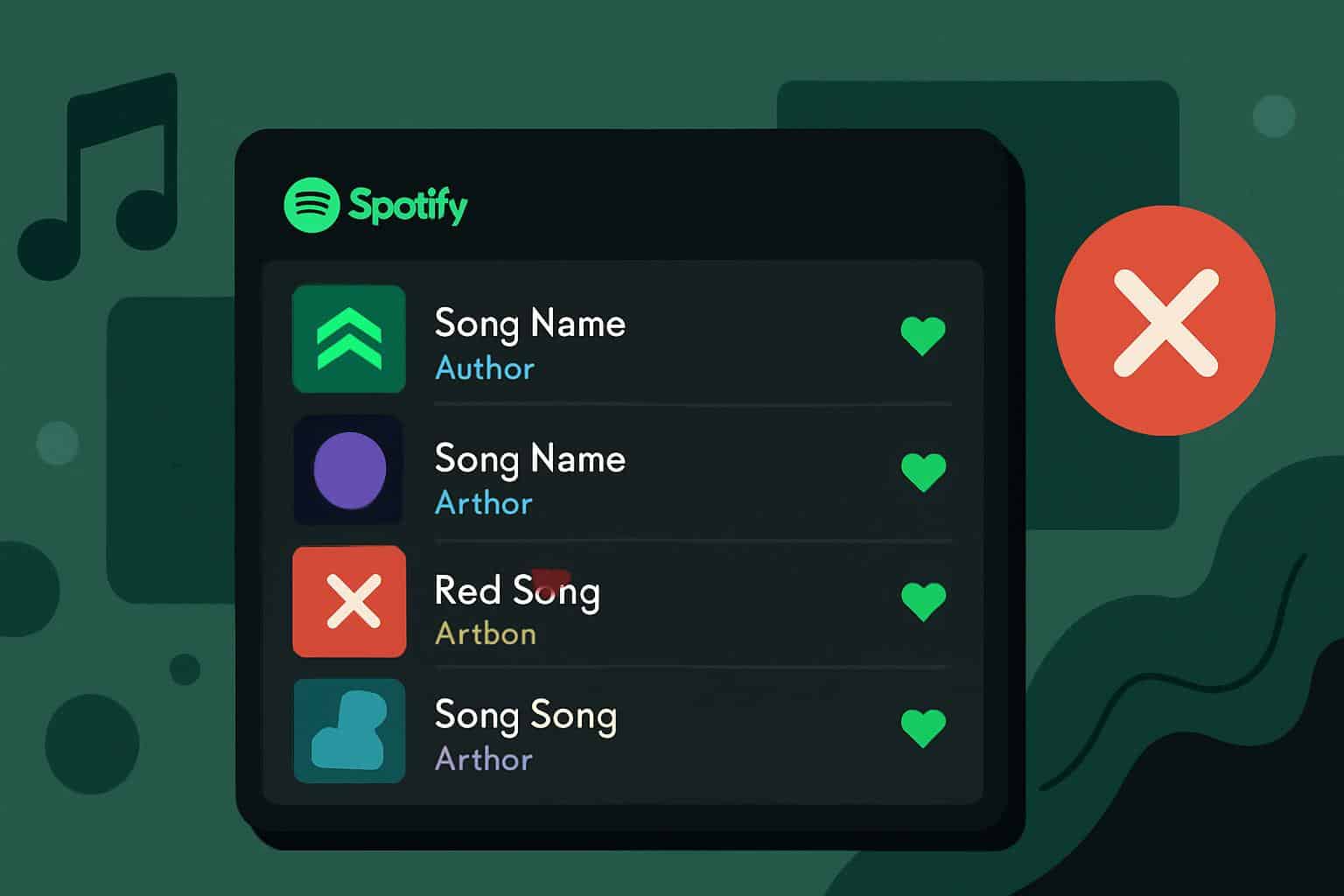Hate when you can’t stand a song that slinks into Discover Weekly or a daily mix? Spotify is introducing a new feature that lets you block out specific tracks from influencing your recommendations altogether so they stop showing up in personalized playlists and your Home feed.
The feature, called Exclude from your Taste Profile, offers listeners a direct, ongoing method for informing the algorithm “not this.” The buttons are small, but their implications are huge: marking something as negative is a higher-level action than ignoring it entirely, which recommendation algorithms often take to be inconclusive. For a service with north of 600 million listeners and algorithmic programming aplenty, that kind of clarity can make what you hear next meaningfully better.
- How the new block works across Spotify playlists
- Why explicit blocking matters for better recommendations
- Where this feature helps most in daily listening
- How it differs from existing controls and options
- How Spotify compares to rivals in personalization controls
- Expert tips for cleaner and more accurate recommendations
- Why this is a win for listeners and daily listening habits

How the new block works across Spotify playlists
Locate the track, tap on the three-dot menu next to it, and select Exclude from your Taste Profile. That communicates to Spotify’s personalization system that it shouldn’t use the track as a positive signal and should refrain from playing it in algorithmically generated sets such as Discover Weekly, Daily Mix, Blend, Radio, and your Home recommendations. If you’d rather they not, just go back to the same menu and choose Include in your Taste Profile.
Important nuance: this is about personalization, not censorship. The track remains available on Spotify, can be featured in editorial or public playlists, and can be played on demand; it just no longer gets pushed toward your personalized experiences and no longer helps shape what the system thinks you’ll like.
Why explicit blocking matters for better recommendations
Recommendation engines are trained almost entirely on implicit signals — plays, skips, saves, follows. But not all skips are created equal: you may skip, but because of a time constraint, not necessarily because you don’t like the song. Studies of recommender systems (which often crop up at the ACM RecSys conference, where they’re typically presented) indicate that explicit feedback — clear positive or negative labeling — can help models converge more quickly and reduce “algorithmic drift,” when one weird listen sends a set of recommendations way off course.
Spotify’s own programming relies heavily on machine-learned signals. The company has suggested in earlier briefings that there’s a heavy reliance when it comes to listening on algorithmic playlists, so even small errors get magnified over the course of millions of sessions. A direct block now provides the model with a firm negative, increasing precision and reducing exposure to tracks you continue to repeatedly reject.

Where this feature helps most in daily listening
- Households and shared devices: Driving kids obsessed with a niche artist? Block out those without having to monitor every play for your personalized mixes. Those with a single account for their family can also pair this with Private Session or a Family plan profile to further limit cross-signal contamination.
- Genre experiments: if you tasted a trend and now your recs are all off-base, doing a little blocking can help point it back on target without hitting the “Well!” button.
- Workout and focus modes: sessions tend to feature nonstandard BPM or vibe. Filtering out outliers prevents your primary mixes from sliding toward “exclusively high-tempo” or “exclusively ambient,” after a few hardcore-action playlists.
How it differs from existing controls and options
Where was this when you could no longer exclude individual playlists from your Taste Profile in Spotify (roughly 82 years ago), an admittedly crude but much appreciated workaround if you were regularly playing white noise at bedtime or storytime tunes to the little ones? The new track-level exclusion is a scalpel. It zeroes in on individual misfires without jettisoning everything else you loved from a playlist or a session.
How Spotify compares to rivals in personalization controls
For Deezer and Tidal there’s even granular blocking, so if you really never ever want to see Norah Jones in a recommendation or radio again, you can make it happen. YouTube Music allows you to remove items from your history, but reducing their impact by erasing them is slow and cumbersome. Apple Music has a Dislike button with weaker negative signaling, but it’s been repeatedly observed by users not to feel as forceful as an actual block. Spotify’s per-track exclude is in a sweet spot: fast, precise, and obviously labeled enough for you to be discerning.
Expert tips for cleaner and more accurate recommendations
- Utilize both sides of feedback: Save (or Like) tunes you love and Exclude those you don’t. A balanced mix of positive and negative signals helps the model deepen its understanding of the contours of your taste.
- Segment your listening: For sleep sounds, kid music, or party cues, maintain separate playlists that are beyond the reach of your Taste Profile, and turn on Private Session to keep those activities from affecting your algorithmic training.
- Audit infrequent outliers: If Blend or Radio continues to produce someone you wouldn’t want on a playlist, exclude that tune plus one or two others like it; an ounce of selective negatives is often sufficient to reset the pattern.
- Monitor the last-minute surprises: In Blend, your taste fuses with a friend’s. Your exclusions still count, but the joint mix now represents both you and your partner; use that block in addition to their feedback to synchronize results.
Why this is a win for listeners and daily listening habits
Edison Research’s Infinite Dial has regularly reported that Spotify is one of the most popular destinations for streaming audio, and a lot of the service’s appeal lies in “it just knows me” personalization tools.
By painting with a simple, clear brushstroke at the track level, Spotify’s letting users be editors without being curators. To the extent that you’ve been stale-dipping into schadenfreude, unable to skip a single song for weeks on end, now there’s a way to put it out of its misery with a tap — and allow the sequence of bits streaming past to learn a little more promptly from your taste (not its tolerance).

